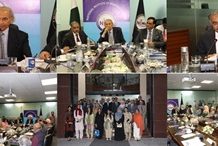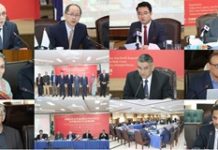On December 11, New Delhi hosted the 15th Russia, India, and China (RIC) foreign ministerial level meeting. It was held against the backdrop of the recently resolved Doklam standoff and Russian concerns over the increasing Indo-US defence cooperation. Moscow, New Delhi, and Beijing were expected to review the regional and global issues for chalking out a framework for trilateral exchanges and visits.[1] Yet, the outcomes remained more of an expression of intent, as well as bringing the differences between Indo-China and Indo-Russian relations into the open.
The RIC has its origin in the idea of “Primakov Triangle” which the Russian Foreign Minister, Yevgeny Primakov presented before the Kremlin when the NATO forces started bombing a close ally of Russia, Serbia, in March 1999.[2] His idea of Russia-India-China troika was based on the premise that the three-pronged strategic pivot would facilitate multilateralism and eventually lead to create the suitable conditions for a multipolar world order. In 2002, the first official meeting of the RIC was convened, and since then its achievements have been less substantial. Viability of the RIC was further tested in its latest meeting but the divergence of interest among the three countries has emerged as an obstacle again. The fact that Russia and China’s top priority to balance the US is in marked contrast with India’s strategic compulsion to counter China’s rise is eroding the very base of the RIC.















